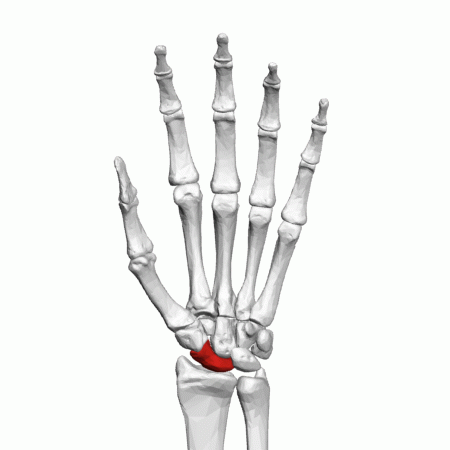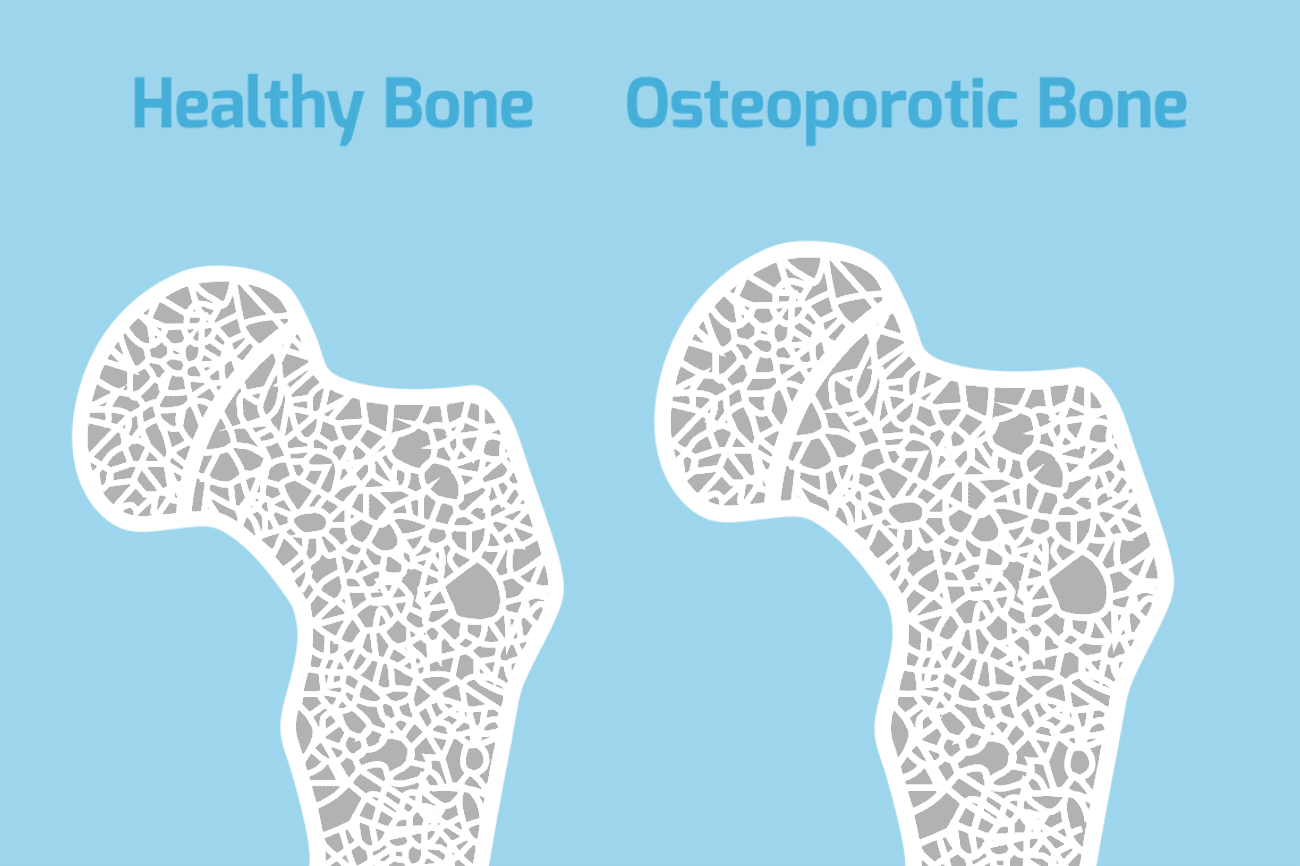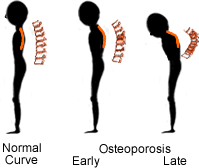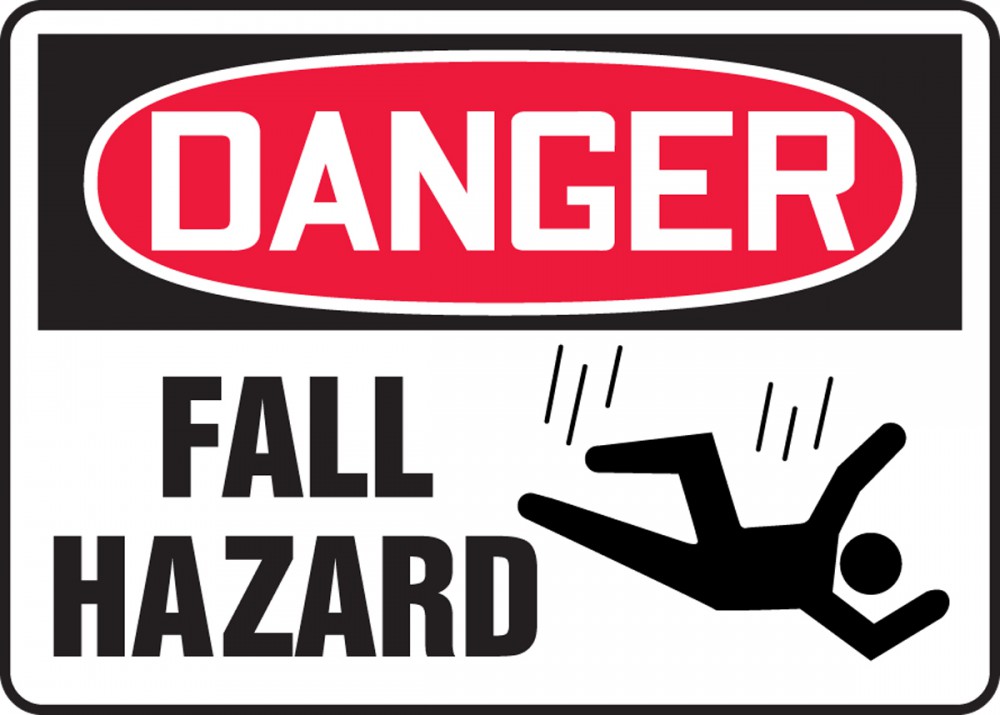Fall On Outstretched Hand
Have you ever seen someone fall or had a fall yourself? Typically when you fall, you attempt to use your arm to brace and break the fall. This is your body’s natural reaction. However, it can lead to other complications of the wrist and hand. One of the most common injuries following a FOOSH (Fall On Outstretched Hand) injury is a scaphoid fracture. The scaphoid is one of the small bones in your wrist which sits on the thumb side of the hand. The term scaphoid comes from the Greek work “boat” as the bone can resemble a small boat because of the curved shape it possesses. A scaphoid fracture can occur in people of all ages, as falls can happen at any age.
 (A greek cat in her “small boat”)
(A greek cat in her “small boat”)
Treatment
The scaphoid has a unique blood flow compared to other bones in the body making it a bit more complicated to treat and heal. Most fractures can heal within about 6-8 weeks, but because of the blood flow, it usually takes at least 12 weeks to heal properly. Often, a scaphoid fracture is treated initially with casting of the hand and wrist for about 4-6 weeks. At that time, patients are usually sent to physical therapy in order to further progress blood flow to the area, as well as restore the normal motion of the wrist and hand.. It is essential to restore your normal range of motion and strength to prevent further complications down the road. Rarely, if casting is not effective or there is displacement in the fracture, surgery can be necessary. However, casting the wrist and physical therapy to follow is usually sufficient during treatment.
Come In for Help
With physical therapy being such an integral part of recovery for a scaphoid fracture, either before or after casting of the arm, it is important to help restore the normal motion and strength of the hand and elbow. If you feel that you have an issue with your wrist or have had a recent scaphoid fracture, feel free to contact our office to see how we can help you.
Written by Casey Badder PT








